The Impact of Wearable Technology on Healthcare Marketing
Revolutionizing Healthcare Engagement and Industry Practices


The Impact of Wearable Technology on Healthcare Marketing
Transforming Healthcare Delivery and Marketing through Wearables
Wearable technology has rapidly become a cornerstone of modern healthcare, influencing marketing strategies, patient engagement, technological development, and industry practices. With the proliferation of devices such as smartwatches, biosensors, and medical-grade monitors, stakeholders across the health sector are leveraging these tools to enhance health outcomes, optimize resource allocation, and foster more personalized communication. This article explores the multifaceted impact of wearable technology on healthcare marketing, from technological advancements, market trends, and regulatory considerations to the benefits, challenges, and future directions shaping the future of health promotion and industry practices.
The Scope and Adoption of Wearable Devices in Health Research and Application
How does wearable technology influence healthcare marketing strategies and industry practices?
Wearable technology is transforming healthcare marketing by enabling companies and providers to gather detailed, real-time health data directly from consumers. This capability allows for highly personalized marketing campaigns that target health-conscious individuals with tailored messages and products. Brands and healthcare providers use data from wearables to foster direct communication channels, leading to increased engagement, motivation, and adherence to health interventions.
The expanding market of wearable devices—especially consumer-grade wearables—which accounts for around 63% of the market, reflects the strong consumer interest in maintaining wellness. These devices can provide continuous health insights, fostering a proactive approach to health management.
Furthermore, wearables serve as a platform for health education and awareness campaigns. They enable timely prompts and motivational features that support behavior change. The integration of wearable data into clinical workflows encourages the adoption of more patient-centered and efficient healthcare practices. Industry practices are evolving as organizations seek to incorporate wearable data for remote patient monitoring, early detection of diseases, and personalized treatment plans.
However, to maximize their potential, industry must address challenges like data privacy, device reliability, and regulatory approval processes. Overall, wearable tech is catalyzing a shift towards more predictive, preventive, and precise healthcare marketing strategies.
How do wearable devices affect patient engagement, health management, and behavior change?
Wearable devices play a crucial role in boosting patient engagement by offering immediate feedback and insights on health behaviors. Features such as activity counting, sleep tracking, and vital sign monitoring keep users aware of their health status, fostering a sense of responsibility and motivation.
These devices support comprehensive health management by enabling continuous, non-invasive monitoring, which is especially vital in managing chronic conditions or during recovery. For example, during the COVID-19 pandemic, smartwatches were used by over 10% of U.S. consumers to detect symptoms, such as changes in blood oxygen saturation, thus supporting early intervention.
Wearables facilitate behavior change through goal setting and tracking tools, motivational alerts, and social sharing capabilities. These features enhance self-efficacy and adherence to healthier routines.
Additionally, they empower users by providing access to their health data, encouraging proactive communication with healthcare providers. This proactive engagement can lead to improved health outcomes, reduced hospital readmissions, and cost savings.
Despite these benefits, challenges such as inaccuracies in measurements, privacy concerns, and costs remain. Nevertheless, ongoing technological advancements and deep integration with digital health systems continue to reinforce their vital role in active health management and behavioral modification.
Technological Innovations and Diverse Types of Wearable Devices
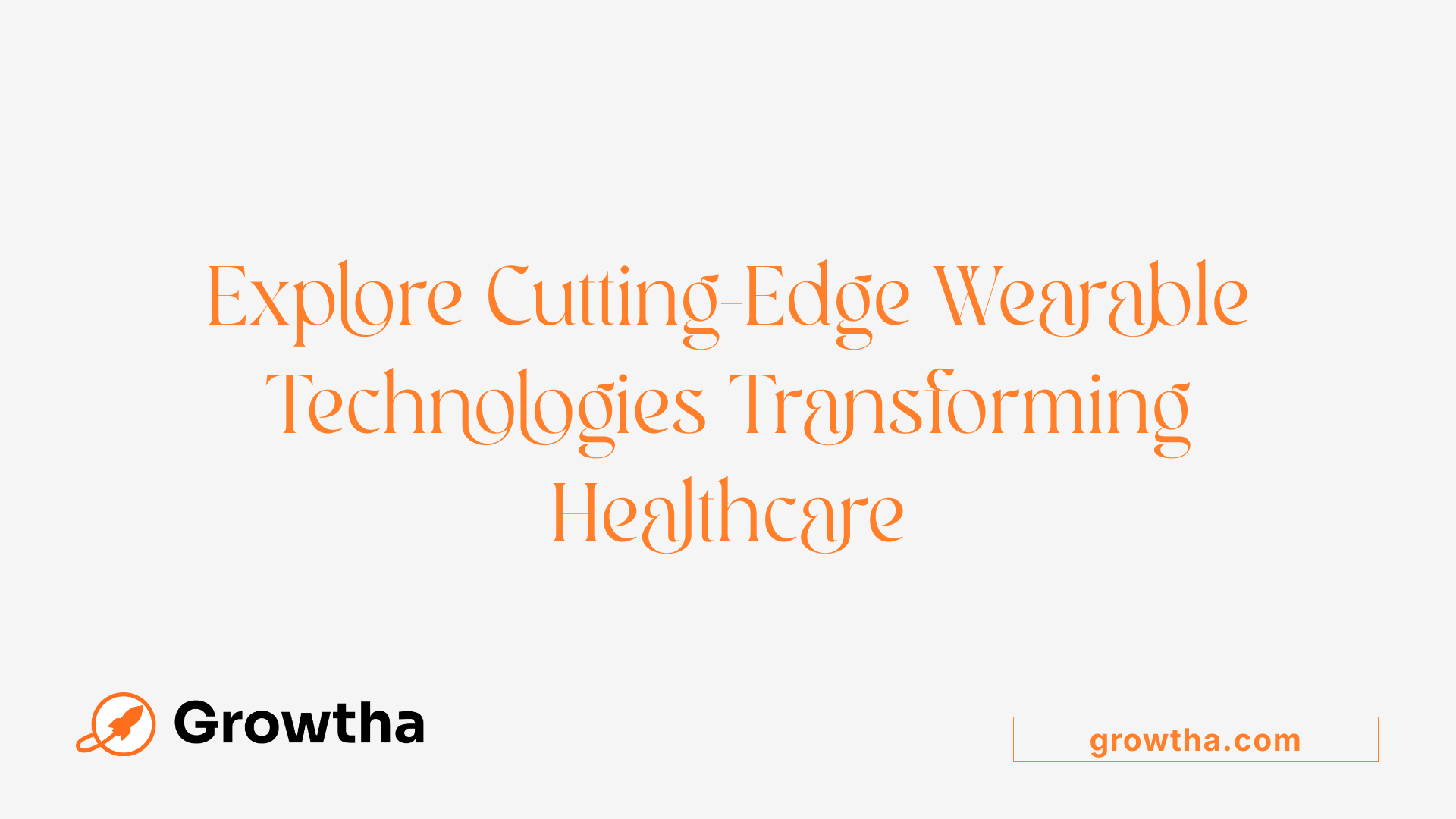
Recent technological advancements and types of wearable health devices?
Recent progress in wearable health technology has been marked by the development of ultra-thin, flexible epidermal sensors that adhere seamlessly to the skin, offering continuous physiological monitoring without discomfort. Smart contact lenses now possess integrated sensors capable of measuring eye health and detecting biochemical markers, while on-teeth sensors enable oral health tracking.
Innovations extend to smart patches embedded with biosensors that monitor biochemical analytes like glucose, lactate, and electrolytes through sweat or saliva, providing critical data for managing conditions such as diabetes and dehydration.
Furthermore, smart textiles—garments embedded with liquid metal-based sensors—are revolutionizing health monitoring by enabling continuous tracking of vital signs directly through clothing. Material technologies such as graphene, hydrogels, and advanced 2D materials enhance the sensitivity and durability of these devices.
Modern wearable devices span a broad spectrum, including smartwatches and fitness trackers, which are now capable of diagnosing complex conditions such as atrial fibrillation, sleep apnea, and COVID-19 symptoms. Medical-grade monitors like ECG patches and blood glucose sensors have become more accurate, user-friendly, and integrated with AI for real-time health insights.
Integration of AI for real-time data analysis and health insights
Artificial intelligence plays a crucial role by processing vast amounts of real-time data collected from wearables. Machine learning algorithms analyze health trends, detect anomalies, and even predict potential health crises before symptoms manifest.
AI-driven analytics in wearables facilitate personalized health recommendations, improve diagnostic accuracy, and support proactive medical interventions. For example, AI-enabled ECG patches can identify irregular heart rhythms with high precision, alerting users and healthcare providers instantly.
The future of wearable technology lies in bioresorbable electronics that dissolve after use, conformal bioelectronics utilizing liquid metals for seamless integration with tissues, and smart sensors embedded in textiles that facilitate continuous, unobtrusive health monitoring.
The market is benefiting from continuous innovations in wireless communication technologies like 5G, which ensure swift data transfer and enhanced connectivity, enabling remote healthcare and chronic disease management.
Market trends and future projections in wearable healthcare technology
The wearable health device market is experiencing exponential growth. In 2024, it was valued at over $91 billion and is projected to reach approximately $324.73 billion by 2032, reflecting a CAGR of about 17.8%.
North America is leading the market, fueled by technological advancements and high healthcare expenditure, but Asia Pacific is poised for rapid growth, driven by increasing smartphone penetration and healthcare digitization.
Emerging trends include the integration of AI and machine learning algorithms, miniaturized devices, and improved interoperability with existing health platforms and electronic health records.
Applications expand beyond traditional fitness tracking to encompass remote patient monitoring, chronic disease management, mental health assessment, and personalized medicine.
Despite these advancements, challenges such as data security, regulatory approval, and ensuring equitable access remain. Nevertheless, this sector is expected to continue its rapid expansion, driven by innovations like bioelectronics and AI-powered predictive analytics.
Benefits and Challenges in Healthcare Delivery with Wearable Devices
What benefits and challenges are associated with wearable health devices in healthcare delivery?
Wearable health devices have revolutionized the way healthcare is delivered by providing continuous health monitoring and enabling early detection of various medical conditions. These devices can passively track vital signs such as heart rate, blood pressure, oxygen saturation, and even detect irregular heart rhythms like atrial fibrillation. This constant stream of data allows for timely interventions, personalized care plans, and promotes active patient engagement.
One of the significant advantages of wearables is their role in remote monitoring, reducing the need for frequent hospital visits and enabling healthcare providers to oversee patients' health from afar. This capability not only enhances convenience but can also decrease healthcare costs by preventing hospital readmissions and enabling early treatment.
Wearables support early disease detection—such as identifying sleep apnea, cardiovascular anomalies, or glucose fluctuations in diabetics—by using sophisticated sensors and sometimes integrating predictive analytics. This proactive approach can significantly improve health outcomes and enable preventive medicine.
In addition to clinical benefits, these devices foster personalized healthcare. They deliver tailored health recommendations, motivate healthy lifestyle habits through goal-setting and gamification, and facilitate ongoing communication between patients and healthcare providers. The immediate access to health data empowers individuals to take control of their health, making medical management more participatory.
Despite these advantages, integrating wearable technology into healthcare systems presents several challenges. Data accuracy and reliability vary across different devices, especially in consumer-grade wearables, which can sometimes lead to false positives or missed diagnoses. Ensuring high-quality, validated sensors and standardizing measurement techniques are essential to overcoming this barrier.
Data security and privacy concerns are paramount, given the sensitive nature of health information collected by wearables. Protecting this data from breaches and ensuring compliance with regulations such as GDPR and HIPAA require robust cybersecurity measures and clear data governance policies.
Accessibility and equity pose additional hurdles. While many wearables are affordable and widely available, disparities still exist—particularly among marginalized groups, the elderly, or those in low-resource settings—limiting the universal benefits of this technology. High costs, lack of familiarity, and limited infrastructure can impede adoption in some populations.
Furthermore, technical issues such as battery life limitations, sensor calibration, device interoperability, and the need for regulatory approvals (like FDA clearance) can hinder seamless clinical integration. Ethical considerations also arise around data ownership, consent, and whether AI-driven insights might replace human judgment.
In summary, wearable health devices hold tremendous promise for transforming healthcare by enabling proactive, personalized, and efficient care. However, maximizing their benefits requires addressing technical limitations, safeguarding privacy, ensuring equitable access, and establishing valid regulatory frameworks. As technology continues to evolve, ongoing research and collaboration among clinicians, technologists, policymakers, and patients will be crucial to overcome these challenges and unlock the full potential of wearable health innovations.
Impact on Health Communication and Promotion Strategies
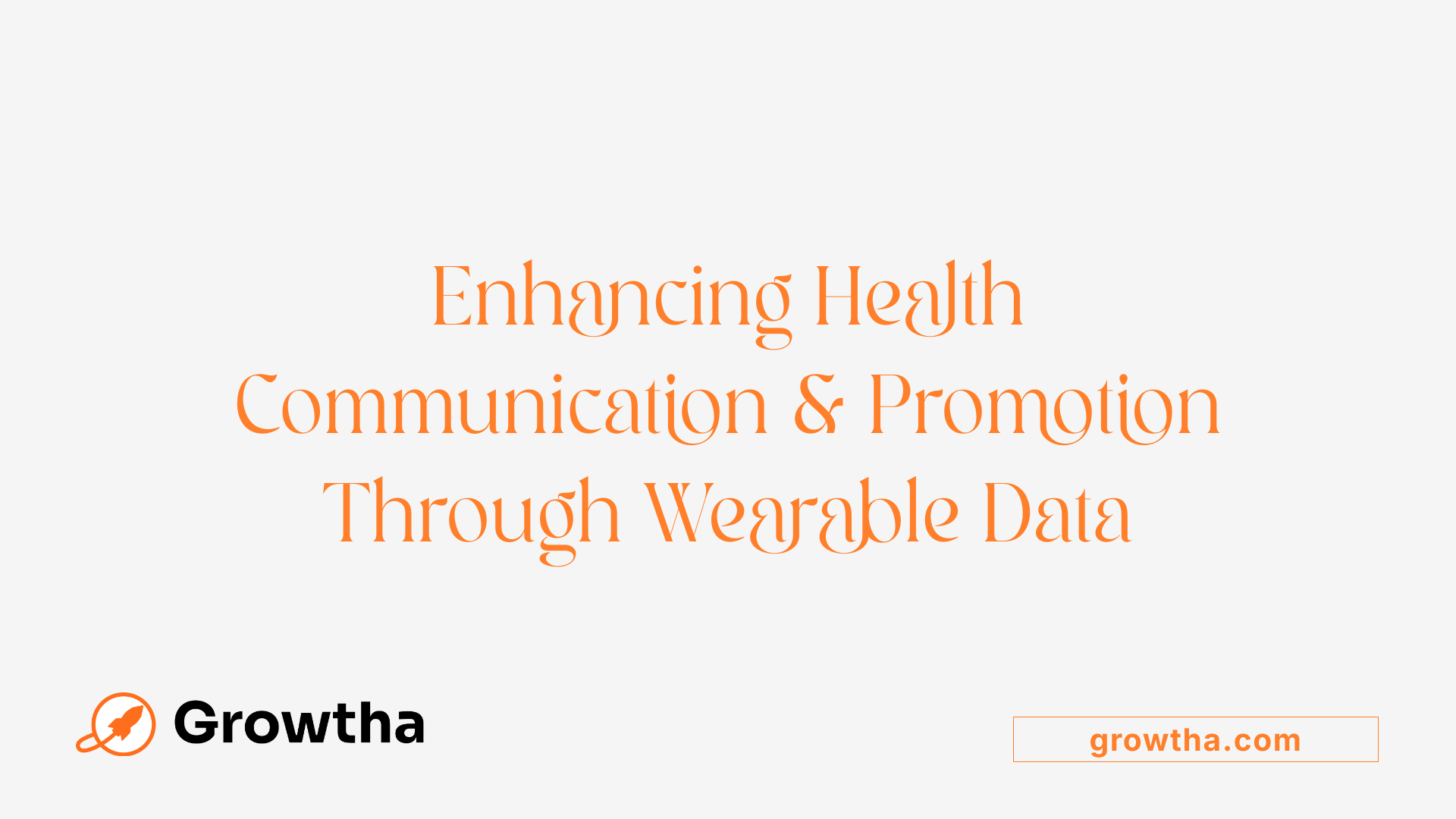
How do wearable devices impact health communication, awareness, and promotional strategies?
Wearable devices fundamentally transform how health information is communicated and how individuals engage with their health. By constantly collecting and transmitting data on vital signs such as heart rate, sleep patterns, activity levels, and more, these devices provide continuous, real-time health data. This constant stream of information allows for highly personalized health management and enables healthcare providers to incorporate dynamic data into clinical decision-making, making health communication more targeted and effective.
One of the most significant impacts of wearable technology is enhancing remote monitoring and early diagnosis. For example, during the COVID-19 pandemic, smartwatches tracking blood oxygen saturation (SpO2) values became vital tools for early detection of symptoms that could indicate severe illness. Such early alerts prompt timely medical attention, often before symptoms become severe, improving health outcomes.
In addition, wearables facilitate the dissemination of tailored health education and awareness campaigns. By analyzing data collected over time, health professionals can identify at-risk populations and tailor messaging accordingly, encouraging behavior change, such as increased physical activity or better sleep hygiene. They also enable targeted communication about medication adherence, lifestyle modifications, and preventive measures, making health promotion efforts more effective.
The integration of wearable data with mobile apps and cloud-based systems enables personalized feedback, goals, and motivational messages that foster sustained health behavior change. This continuous engagement helps increase individuals' awareness and understanding of their health status, leading to proactive health management.
Furthermore, wearables can break traditional barriers in health communication by expanding access in remote or underserved regions. Affordable, validated devices allow individuals in rural or resource-limited settings to participate in health monitoring, reducing disparities in healthcare access.
However, some challenges remain. Variability in device accuracy, concerns about privacy and data security, and unequal access can limit the effectiveness of these strategies. Ensuring data quality, establishing regulatory standards, and improving digital literacy are essential steps to maximize their potential.
Overall, wearable devices enable a shift from reactive to proactive healthcare, making health communication more precise, timely, and personal. They support a more inclusive approach to health promotion that adapts to individual needs and contexts, ultimately fostering greater health awareness and better health outcomes in diverse populations.
Influence of Wearables on Healthcare Outcomes, Equity, and Access
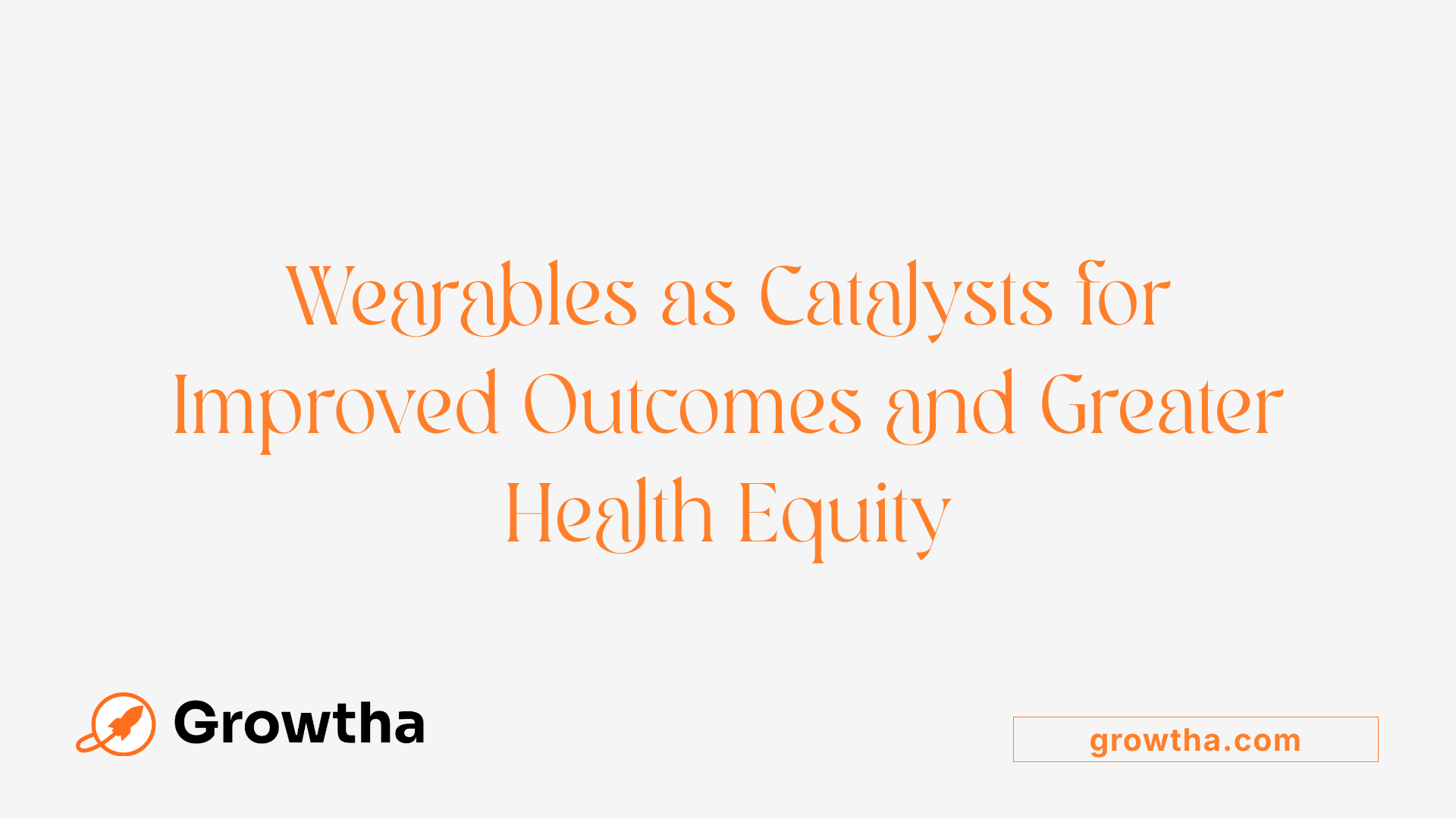
How is wearable technology influencing health outcomes, equity, and access?
Wearable devices are transforming healthcare by enabling continuous tracking of vital signs, early detection of health issues, and predictive analytics across diverse populations. These innovations include sophisticated skin-like sensors and rugged devices designed for use in vulnerable and low-resource settings, which help bridge gaps in health monitoring and promote greater health equity.
For example, wearables are used in applications such as COVID-19 symptom prediction, fertility monitoring, heat-related illness prevention, and mental health interventions. Their unobtrusive and increasingly affordable nature makes them accessible for large-scale public health initiatives and individual health management.
However, disparities exist due to various factors. Devices relying on optical sensors can produce biased results in individuals with darker skin tones. Socioeconomic barriers, digital literacy levels, and cultural differences can also limit the effective adoption among marginalized groups. Ensuring high device accuracy, affordability, and culturally relevant design is essential.
Regulatory validation plays a vital role in solidifying trust, with agencies like the FDA providing approval for certain medical-grade wearables. Frameworks such as the Digital Health Care Equity Framework guide developers and policymakers in addressing systemic biases.
Integrating AI responsibly and promoting equitable access standards can help mitigate disparities, enabling wearable technology to serve as a tool for advancing health equity globally.
What are the regulatory considerations and industry impacts related to wearable health technology?
Regulatory considerations for wearable health tech focus on maintaining data privacy, device safety, efficacy, and compliance with regional standards, including the US Food and Drug Administration (FDA), European Medical Device Regulation (MDR), and India's Central Drugs Standard Control Organization. These frameworks influence industry practices by outlining procedures for device classification, validation, cybersecurity measures, and interoperability.
Regulatory landscapes are evolving toward more harmonized and proactive standards that support innovation while safeguarding public health. For instance, certification processes such as FDA approval and CE marking require rigorous clinical evidence of device accuracy and safety.
Industry impacts include the necessity for early engagement with regulatory bodies, strategic planning for compliance, and investment in robust cybersecurity protocols. Companies must adapt to stricter guidelines, which may increase time-to-market but ultimately enhance consumer trust.
Additionally, ethical concerns about data privacy, user consent, and health equity are gaining prominence. Disparities in digital literacy and dataset representation challenge industry efforts to ensure inclusive health solutions.
Successful deployment depends on balancing innovation with regulatory compliance, fostering transparent data practices, and addressing potential biases, ultimately paving the way for widespread adoption of safe and effective wearable health technologies.
Future Directions and Policy Implications for Wearable Healthcare Technologies
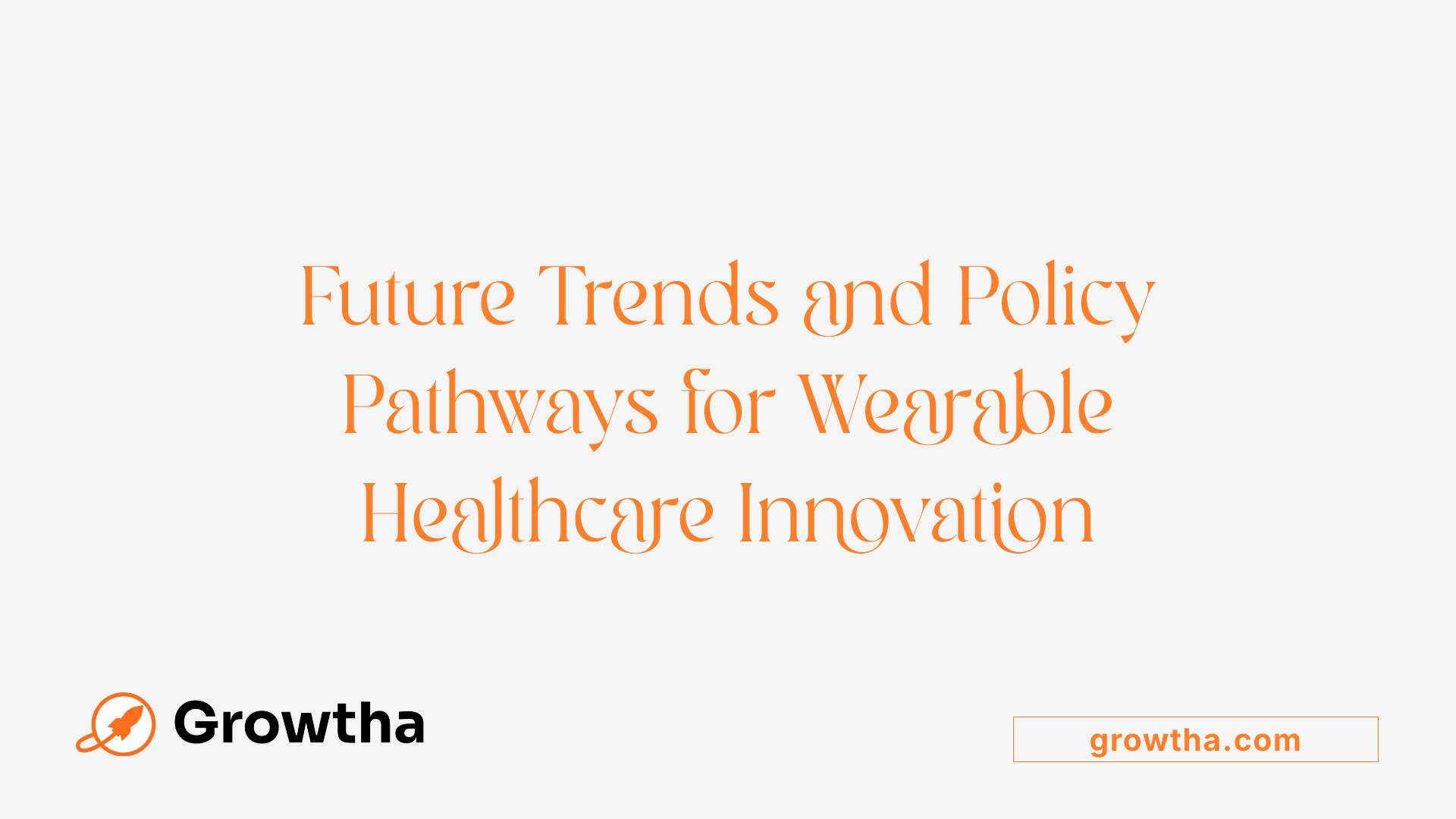
What are the future trends and directions for wearable technology in healthcare?
Wearable health technology is rapidly evolving, with several promising trends set to define its future landscape. One major development is the integration of artificial intelligence (AI) into wearable devices, enabling more personalized health insights and predictive analytics. This allows for tailored health recommendations, early disease detection, and better chronic condition management.
Innovative applications such as bioresorbable electronics, smart textiles, and embedded sensors within clothing are emerging, which will enhance comfort and practicality for users. These solutions can continuously monitor vital signs and biochemical markers without invasive procedures.
Market leaders including Apple, Garmin, Asus, Motorola, and Swatch are investing in advanced features like real-time health data sharing, ECG monitoring, and AI-powered health coaching.
Large-scale studies are critical at this stage; future research must focus on long-term impacts of wearable use on health outcomes, benefits of user empowerment, and ensuring equitable access across different populations. Establishing clear standards for data quality and interoperability will also facilitate integration into broader healthcare systems.
Exploring futuristic applications such as smart implants, neural interfaces like Neuralink, and hospital-integrated wearable systems holds the potential to revolutionize personalized medicine, enabling comprehensive and predictive healthcare management.
How does regulatory evolution influence the future of wearable healthcare devices?
Regulatory frameworks are key to fostering innovation while safeguarding user safety and data privacy. The future of wearable healthcare technology depends heavily on the development of comprehensive, harmonized standards across global jurisdictions.
Regulatory agencies aim to create transparent pathways for device approval, especially for sophisticated AI-enabled systems and interconnected devices. Enhanced regulations around cybersecurity, data ownership, confidentiality, and ethical use are essential to build consumer trust.
Proactive engagement by regulators, with flexible and adaptive guidelines, will be necessary to accommodate rapid technological advancements such as bioelectronics, neural implants, and smart diagnostics. These evolved standards will provide clear criteria for efficacy, safety, and data security, encouraging industry investment.
A well-regulated environment will also facilitate integration of wearables into mainstream healthcare, ensuring reliability and preventing misuse or fraudulent claims. Overall, evolving regulations are poised to shape a trustworthy, sustainable ecosystem that promotes innovation while protecting patient rights and interests.
The Role of Big Data and AI in Personalizing Healthcare and Enhancing Industry Practices
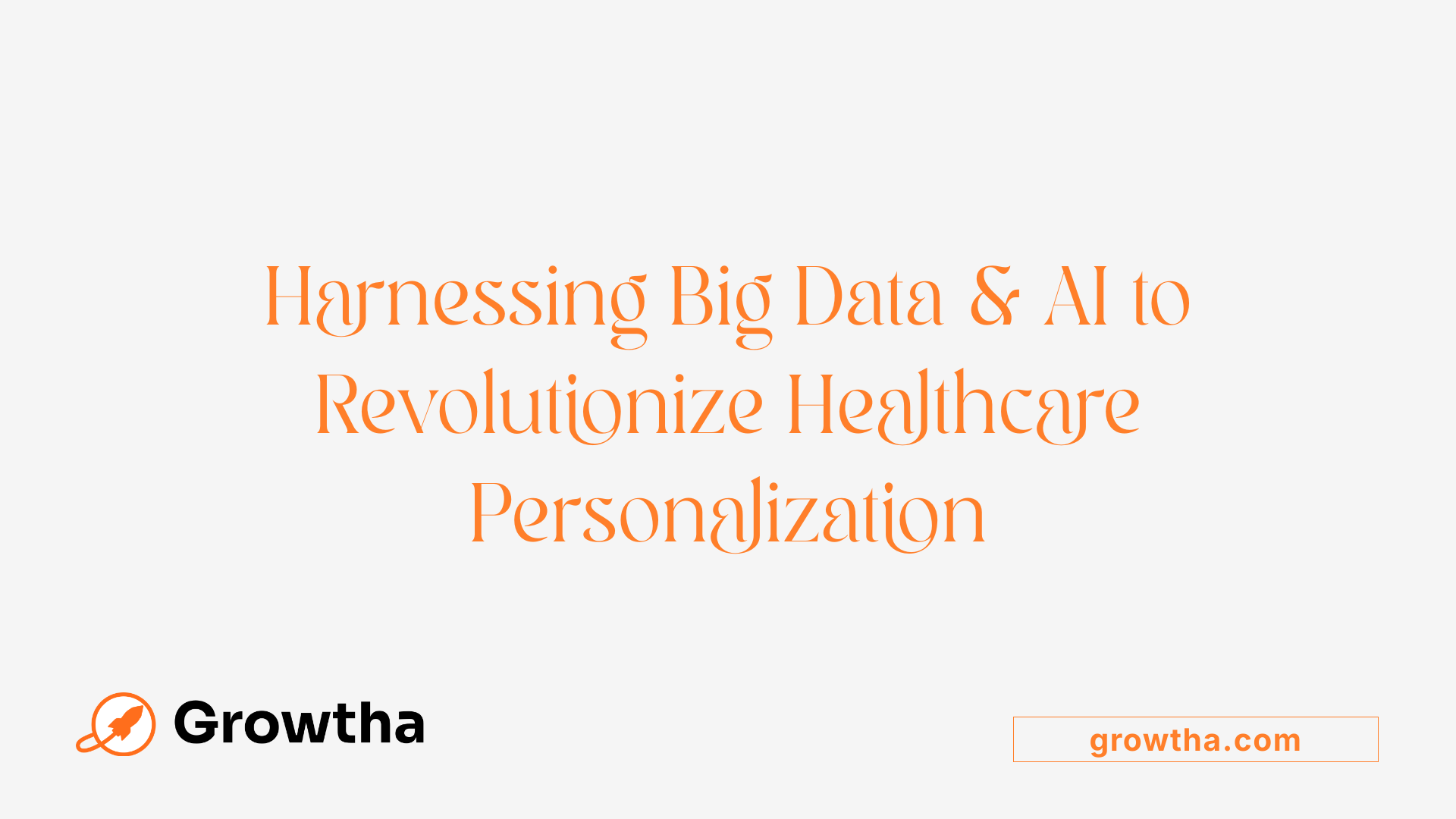
How are AI and machine learning transforming industry practices and healthcare delivery through wearables?
AI and machine learning are revolutionizing healthcare by unlocking insights from the vast amount of data generated by wearable devices. These advanced technologies analyze complex, continuous health data such as heart rate, activity levels, sleep patterns, and other vital signs, collected from millions of users worldwide.
By processing this big data, AI can help identify early warning signs of health issues, predict disease progression, and stratify risks more accurately than traditional methods. For example, AI algorithms can detect irregular heart rhythms, such as atrial fibrillation, with detection accuracies up to 97%, enabling earlier interventions.
Furthermore, AI-driven models provide personalized health recommendations, tailored to the individual's unique data profile. This customization supports targeted behavior change, improves adherence to treatment plans, and enhances overall health management.
Integration of AI with wearable data also enables real-time decision support for clinicians. For instance, predictive analytics can forecast potential complications, prompting timely medical actions. AI systems can also synthesize data from electronic health records, wearables, and other sources into comprehensive patient profiles, improving diagnostic accuracy and treatment effectiveness.
Explainable AI is gaining importance as it fosters trust among healthcare providers, allowing them to understand how certain conclusions are drawn from data. This transparency facilitates wider adoption and confidence in AI-powered tools.
As device capabilities advance, the volume and richness of wearable data increase, providing fertile ground for AI models to refine their predictions. This synergy between big data and AI is paving the way for more proactive, efficient, and personalized healthcare industry practices.
Benefits of data integration with wearables for proactive care
The seamless integration of wearable devices with big data analytics and AI technologies enhances proactive healthcare in several ways:
- Early Detection: Continuous monitoring allows for detecting deviations from normal health patterns before symptoms appear.
- Personalized Interventions: Tailored recommendations based on individual data improve lifestyle habits and treatment adherence.
- Chronic Disease Management: Wearables facilitate remote management of conditions like hypertension, diabetes, and arrhythmias, reducing the need for frequent clinical visits.
- Reduced Healthcare Costs: Early intervention and remote monitoring decrease hospital admissions, readmissions, and long-term treatment expenses.
- Enhanced Patient Engagement: Access to real-time data fosters greater patient involvement in health decisions and lifestyle changes.
- Efficient Resource Allocation: Healthcare providers can prioritize high-risk patients, optimizing resource use and delivering targeted care.
Overall, harnessing big data and AI in conjunction with wearable technology enables a shift toward a more proactive, predictive, and personalized healthcare system, ultimately leading to better patient outcomes and industry efficiencies.
Shaping the Future of Healthcare with Wearables
The integration of wearable technology into healthcare has fundamentally transformed how health data is collected, analyzed, and utilized, driving innovations in marketing, patient engagement, and clinical practice. Technological advancements continue to expand the capabilities of wearable devices, fostering personalized medicine, proactive disease management, and health equity. As the industry navigates regulatory landscapes and ethical considerations, future developments like bioelectronics, AI-enabled diagnostics, and standardized interoperability promise to further revolutionize healthcare delivery and marketing. Embracing these innovations will enable healthcare stakeholders to provide smarter, accessible, and patient-centered care, ultimately improving health outcomes at a global scale.
References
- The Impact of Wearable Technologies in Health Research: Scoping ...
- The Impact Of Wearable Technology For The Health And Wellness ...
- Wearing the Future—Wearables to Empower Users to Take Greater ...
- Economic Perspective of the Use of Wearables in Health Care
- The Power of Wearable Technology in Healthcare - Velvetech, LLC
- Wearable technology in health care: Getting better all the time
- The Latest Trends in Wearable Technology for Healthcare
- The Impact of Wearable Devices on Health Management: Insights ...
- Wearable Technology in Healthcare and Its Benefits







